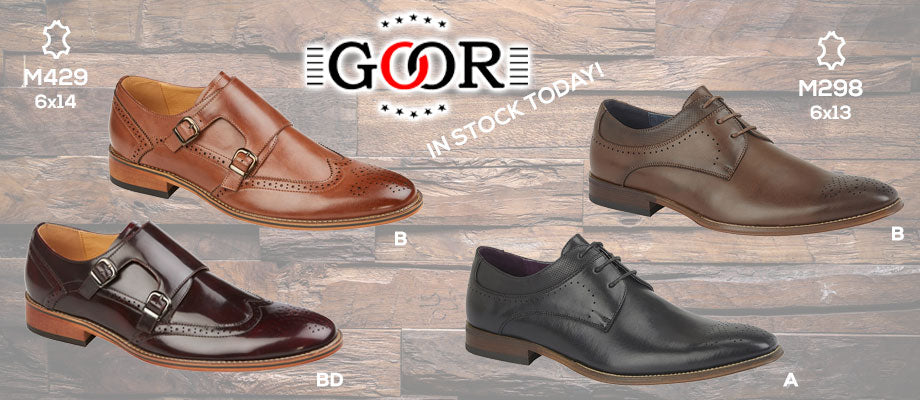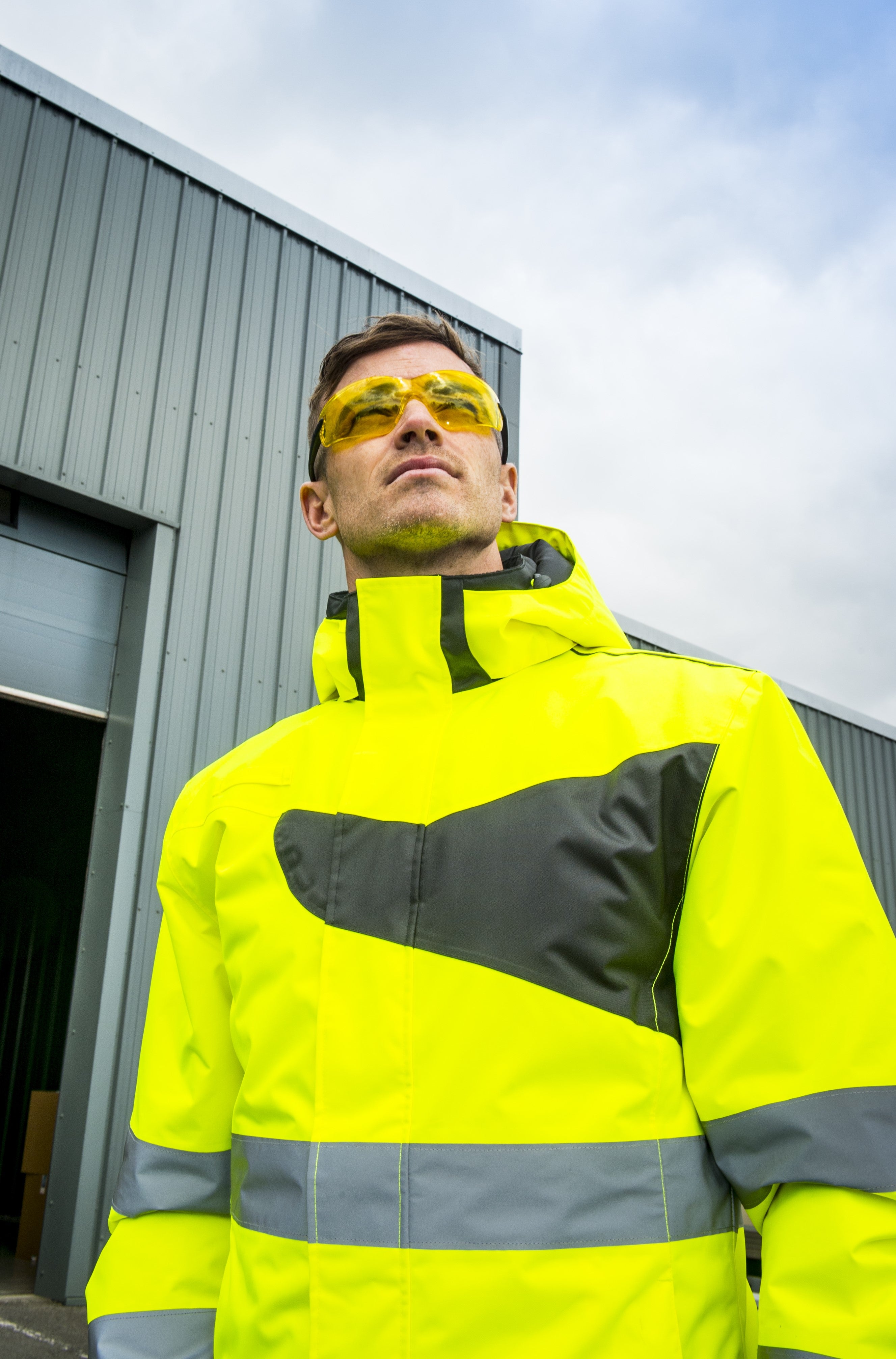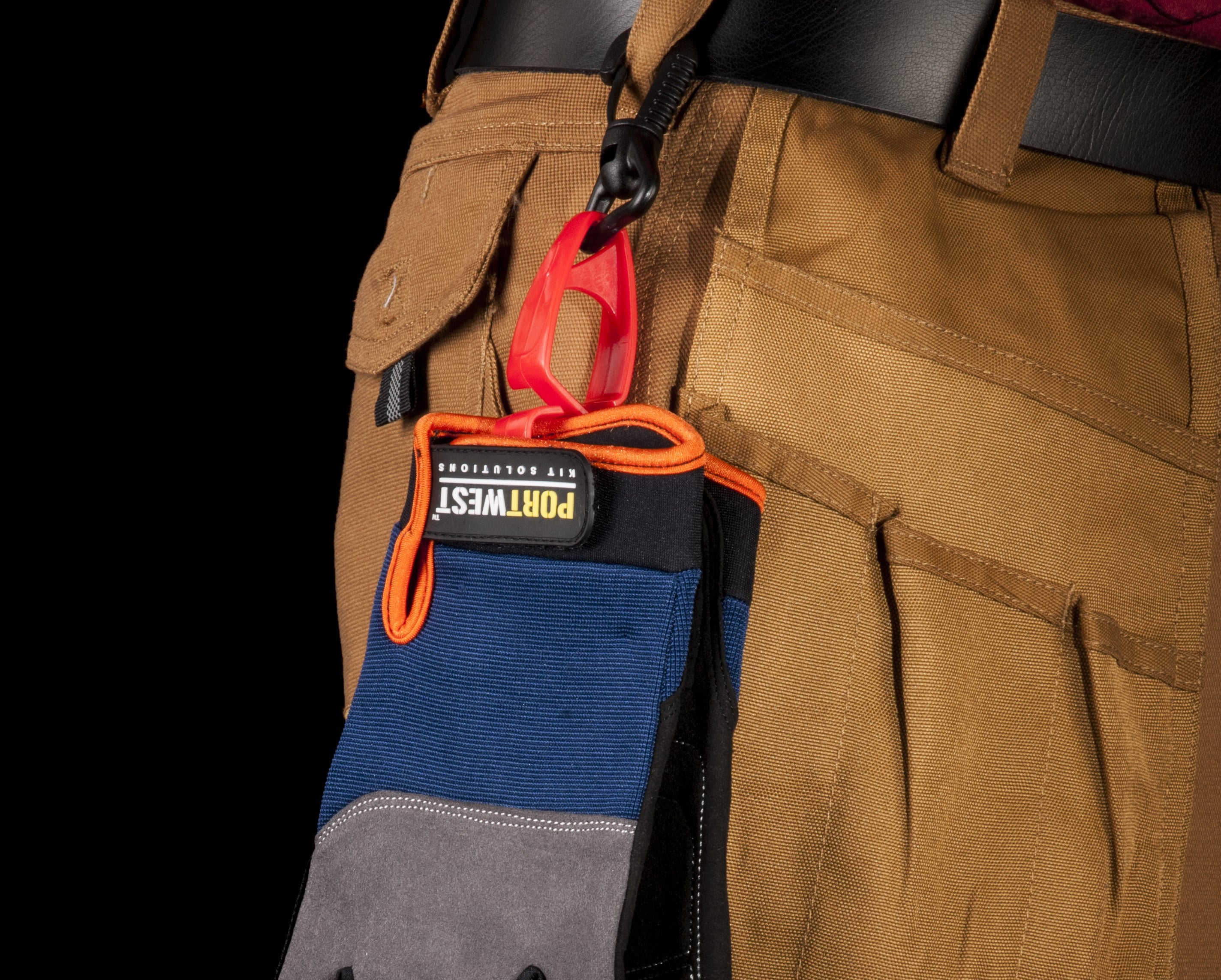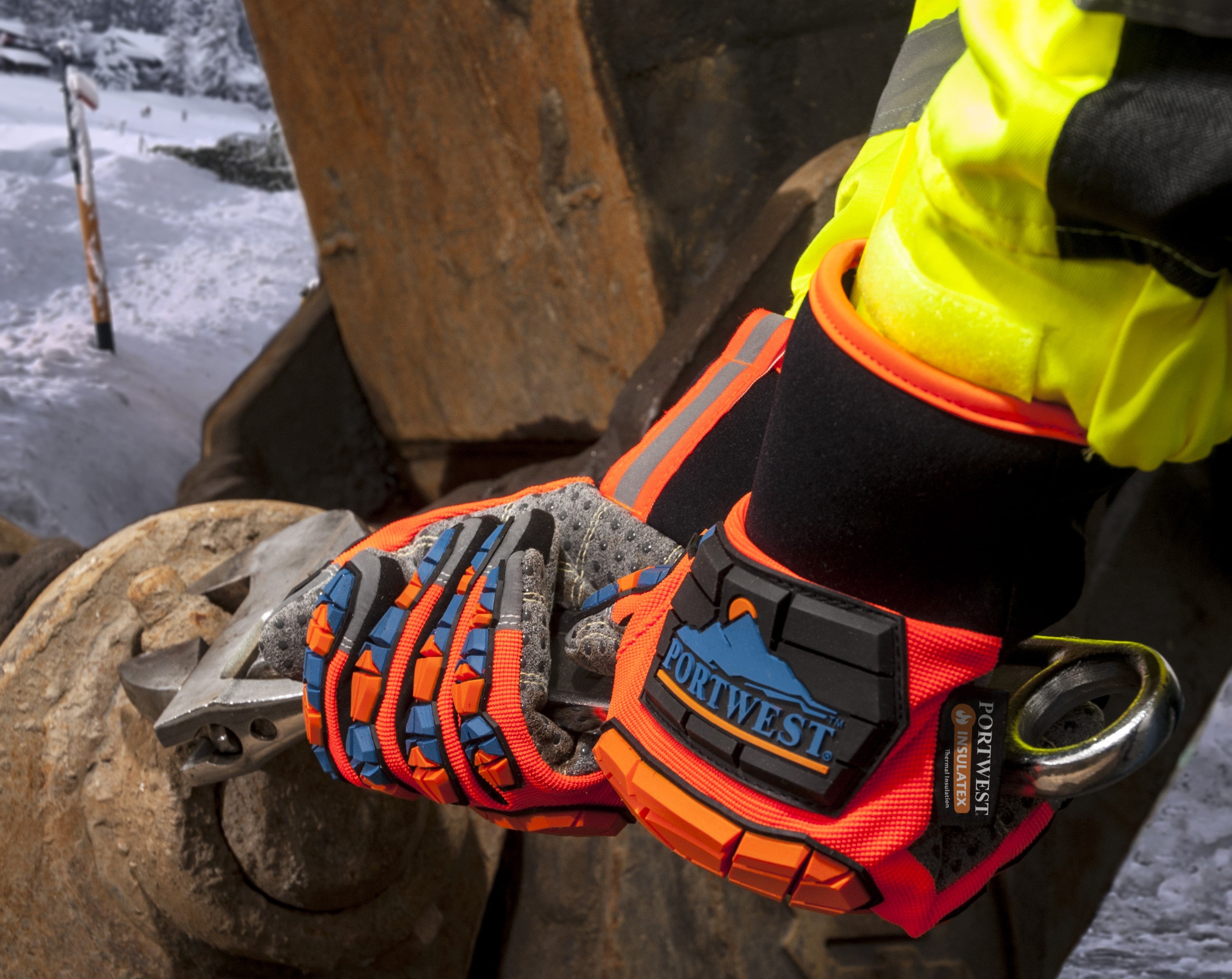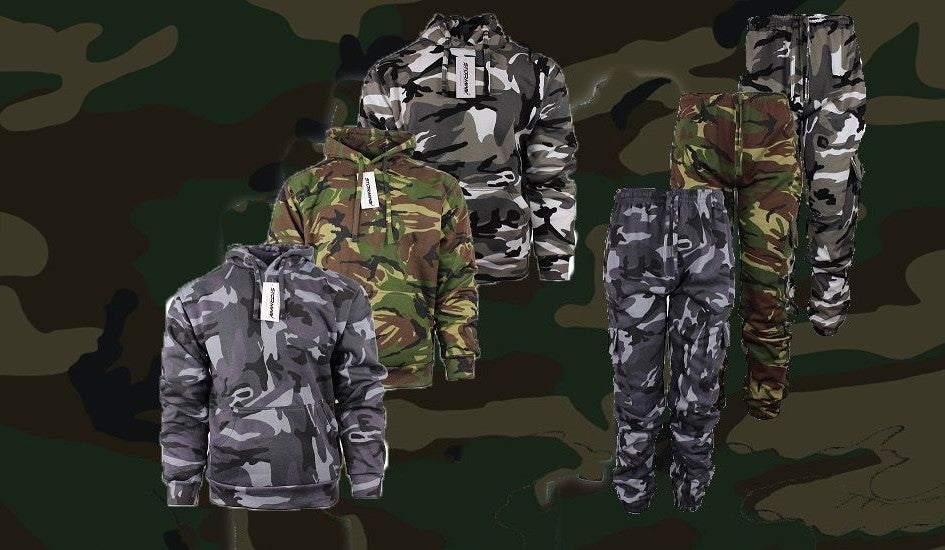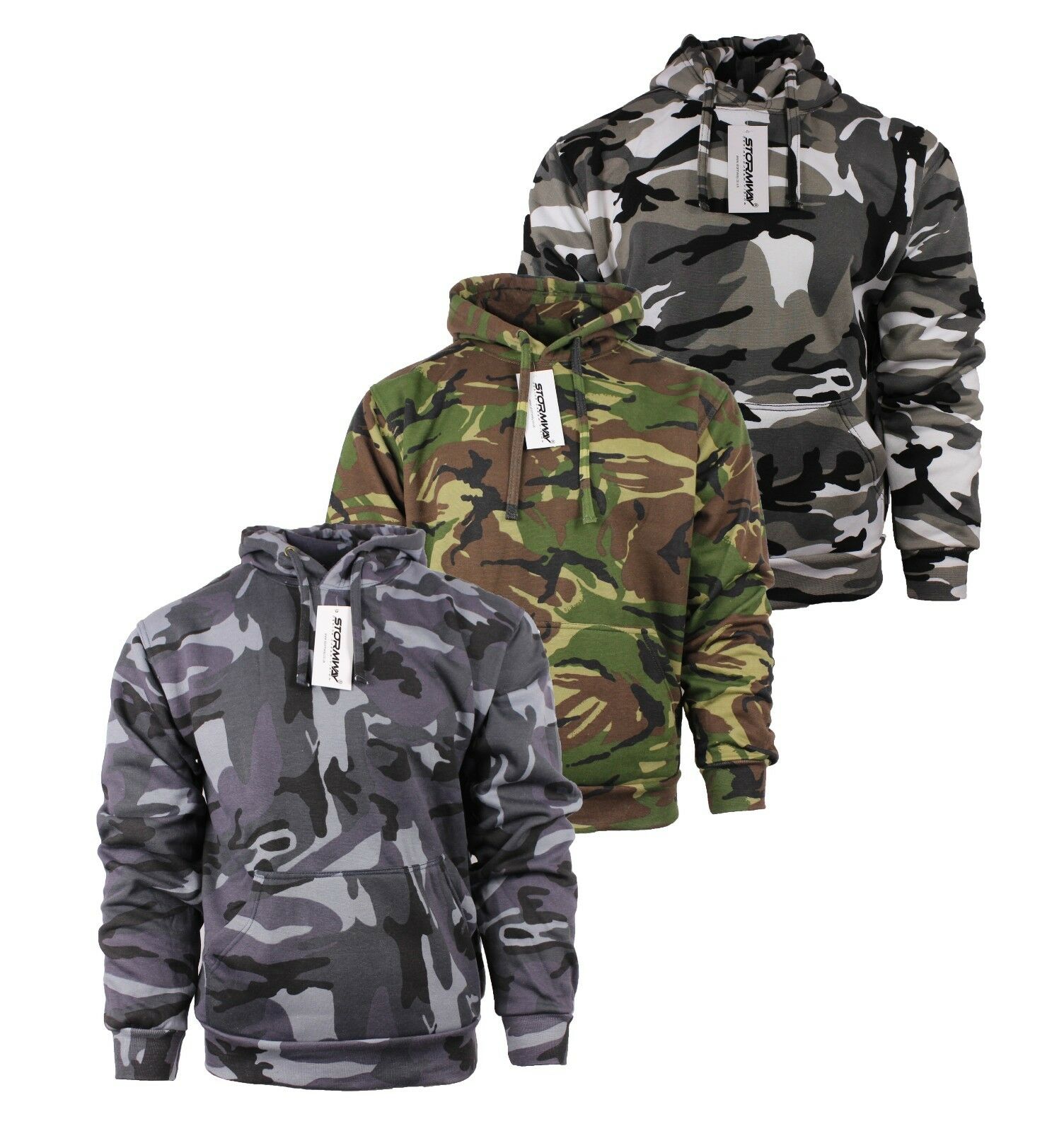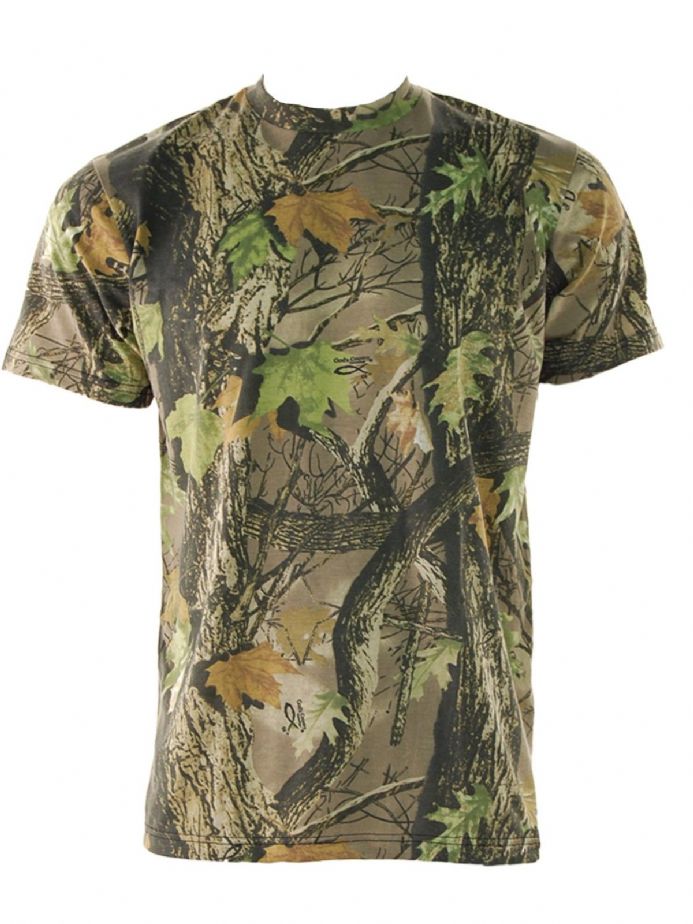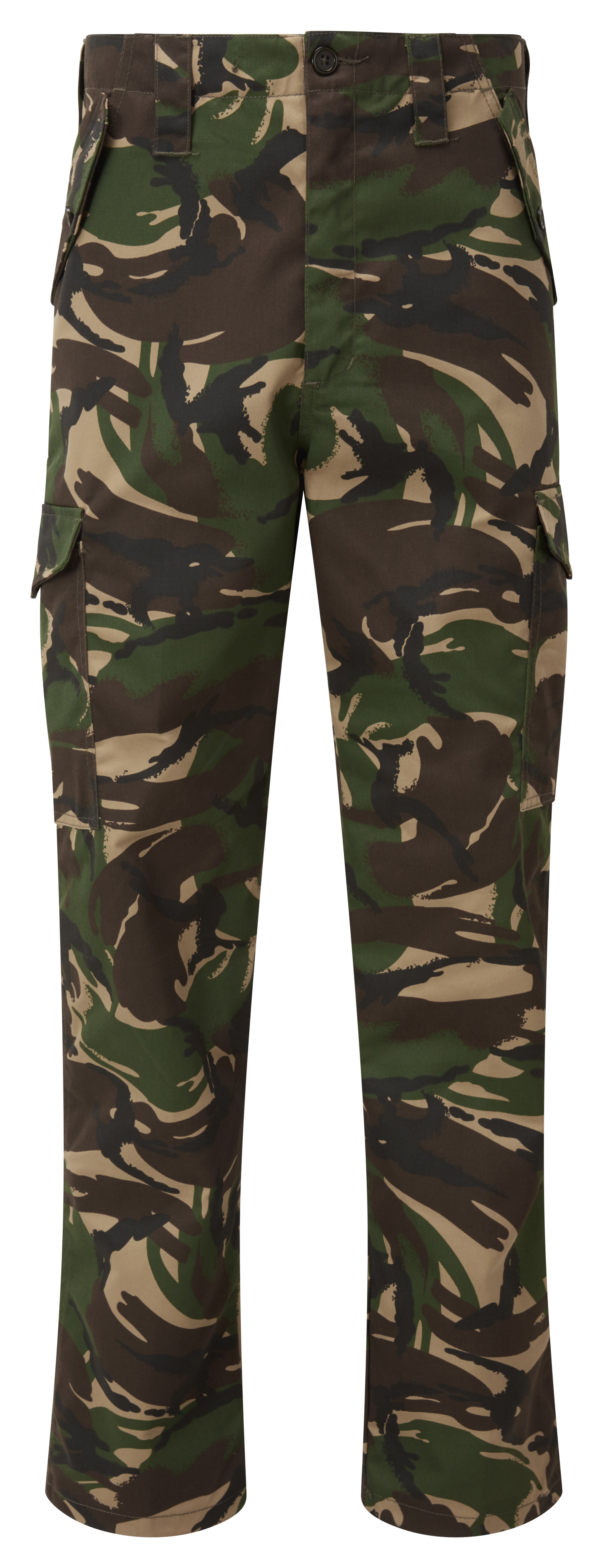Types of Leather Explained: From Full Grain to Exotic Skins
When investing in quality leather products—be it a rugged apron, a handcrafted bag, or a refined accessory—understanding the different types of leather can help you make an informed decision. At Rainbow Apparel, we take pride in using only the finest materials in every piece we create. Each type of leather offers unique characteristics in terms of texture, durability, and style. This guide breaks down the most common types of leather we use, highlighting what makes each one distinct and valuable.
🟤 1. Full Grain Leather – Natural Beauty, Maximum Strength
Full grain leather is considered the highest quality leather available. It is made from the outermost layer of the hide, where the grain remains intact. Unlike other leathers, full grain is not sanded, buffed, or corrected in any way, which allows it to retain all the natural markings and texture of the animal hide.
Why It Stands Out:
Full grain leather showcases natural imperfections, such as scars or wrinkles, giving it a rich character and authenticity. It’s also incredibly strong and durable, as it retains the tightest and most dense fibers of the hide.
Ideal Uses:
This type of leather is perfect for products that are meant to last a lifetime. Whether it’s a heavy-duty apron for a craftsman, a classic satchel, or a high-end wallet, full grain leather guarantees a product that will age gracefully. Over time, it develops a patina—a soft sheen that adds depth and personality to the piece.
Common Traits:
🟫 2. Top Grain Leather – Smooth, Sleek, and Reliable
Top grain leather is the second-highest quality tier. It is derived from the same outer layer of the hide as full grain but undergoes light sanding and buffing to remove surface imperfections. This gives the leather a smoother, more consistent appearance, while still retaining good durability.
Why It Stands Out:
Top grain leather has a more polished and refined look compared to full grain. It’s easier to work with and more resistant to stains due to surface treatments, making it a popular choice for modern fashion and accessories.
Ideal Uses:
Top grain leather is often used in high-quality wallets, belts, handbags, and contemporary leatherwear. Its clean and uniform appearance makes it particularly appealing for consumers who prefer a minimalist aesthetic.
Common Traits:
-
Smooth surface
-
More flexible than full grain
-
Less breathable but easier to clean
-
Slightly lower durability than full grain
🟤 3. Oily Leather – Tough and Weather-Ready
Oily leather, sometimes called oil-tanned or waxed leather, is treated with oils and waxes to enhance its suppleness, water resistance, and rugged appearance. This process gives the leather a slightly glossy finish and a soft, almost buttery texture.
Why It Stands Out:
Its flexible nature and water-repellent finish make oily leather ideal for heavy-duty use. It also responds well to movement and stress, developing a well-worn look without sacrificing structure.
Ideal Uses:
Oily leather is favored for work aprons, tool belts, boots, and other gear that needs to be both strong and pliable. It holds up well to weather, abrasion, and daily wear.
Common Traits:
🟤 4. Crazy Horse Leather – Vintage Charm with a Story
Crazy Horse leather is a full grain leather that has been infused with special waxes and oils, giving it a distinctly distressed appearance. Scratches, scuffs, and handling create light marks on the surface, which can be rubbed out or blended in over time, adding to its vintage charm.
Why It Stands Out:
What makes Crazy Horse leather so appealing is its ability to develop character with use. Each mark tells a story, and no two pieces age in exactly the same way.
Ideal Uses:
This leather is often chosen for products that are meant to feel nostalgic or rustic—think vintage-style backpacks, work aprons, messenger bags, and handcrafted wallets.
Common Traits:
-
Matte finish with color variations
-
Naturally distressed look
-
Becomes more beautiful with age
-
Strong and long-lasting
🟤 5. Nubuck – A Luxurious Velvet-Like Finish
Nubuck is made by sanding the outer surface of full grain leather, creating a fine nap that gives it a soft, velvety feel. Though it looks similar to suede, it is more durable because it comes from the stronger outer hide.
Why It Stands Out:
Nubuck combines strength with softness, making it a great option for items that need both function and elegance. However, due to its porous surface, nubuck is more susceptible to staining and should be treated with protective sprays.
Ideal Uses:
Nubuck is commonly used in footwear, gloves, and outerwear, where comfort and aesthetic are both important.
Common Traits:
🟤 6. Suede – Style and Softness for Everyday Wear
Suede is created from the inner split of the hide, resulting in a napped finish that feels soft and fuzzy to the touch. While it lacks the toughness of full grain or top grain leathers, its unique texture makes it a favorite for casual fashion and accessories.
Why It Stands Out:
Suede offers a relaxed, fashionable look and is incredibly soft. It is more prone to wear and tear, and should be kept away from moisture whenever possible.
Ideal Uses:
Popular in fashion footwear, casual jackets, and lightweight bags, suede is best for items that aren’t exposed to heavy use or wet environments.
Common Traits:
-
Lightweight and soft
-
Less durable than other leathers
-
Delicate and moisture-sensitive
-
Easily stained if untreated
🐍 7. Exotic Leathers – Bold and Rare by Design
Exotic leathers are sourced from non-traditional animals such as crocodile, ostrich, snake, stingray, and lizard. These materials are highly sought after for their rarity, distinct textures, and eye-catching finishes.
Why It Stands Out:
Each exotic leather comes with its own unique pattern and feel. For example, crocodile skin features a bumpy, patterned scale surface, while ostrich is recognized for its distinctive dotted appearance.
Ideal Uses:
Exotic skins are typically reserved for luxury goods such as statement handbags, watch straps, shoes, and high-end accessories. These items are often crafted in small batches due to the limited availability and high cost of the materials.
Common Traits:
-
Rich texture and unique patterns
-
Symbol of prestige and exclusivity
-
High level of craftsmanship required
-
May require special care and handling
📊 Leather Comparison Chart
🧵 Why It Matters
At Rainbow Apparel, we carefully select each leather type to suit the design and function of your product—whether it's a custom apron, durable bag, or handcrafted accessory. Our leatherwear is made to stand the test of time, age beautifully, and reflect your unique style.
🛍️ Shop our leather collection or get in touch for custom garment options using the finest materials available.
